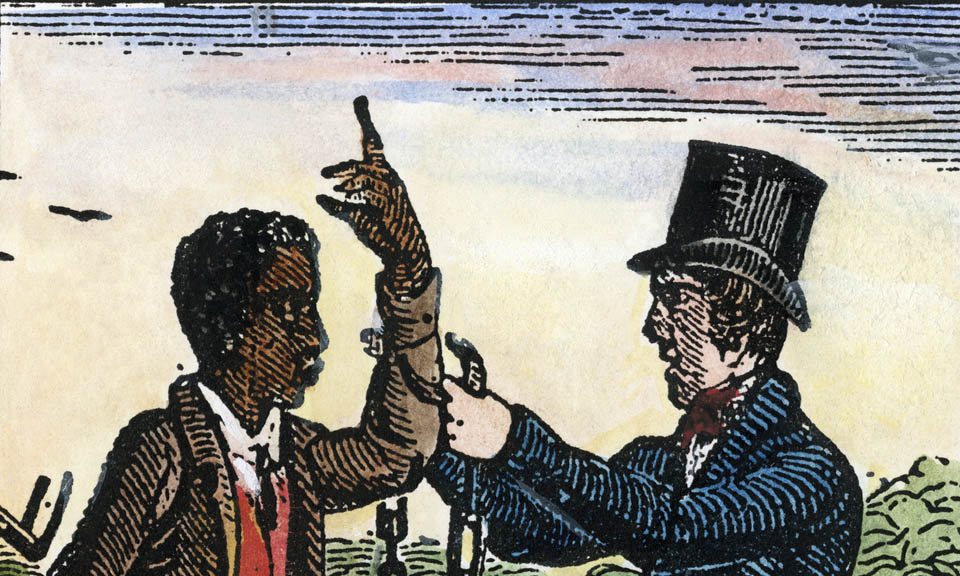1700 – 1799
Northern Spread of Slavery
The institution of slavery drove the development of colonial America. Enslavers built fortunes and institutions with profits from the trade in human beings. They also wrote slavery into colonial law. Enslaved people took action against this inhumane system in various ways: speaking out, challenging laws, and fighting back. Still, northern colonies were slow to adopt emancipation.
1700
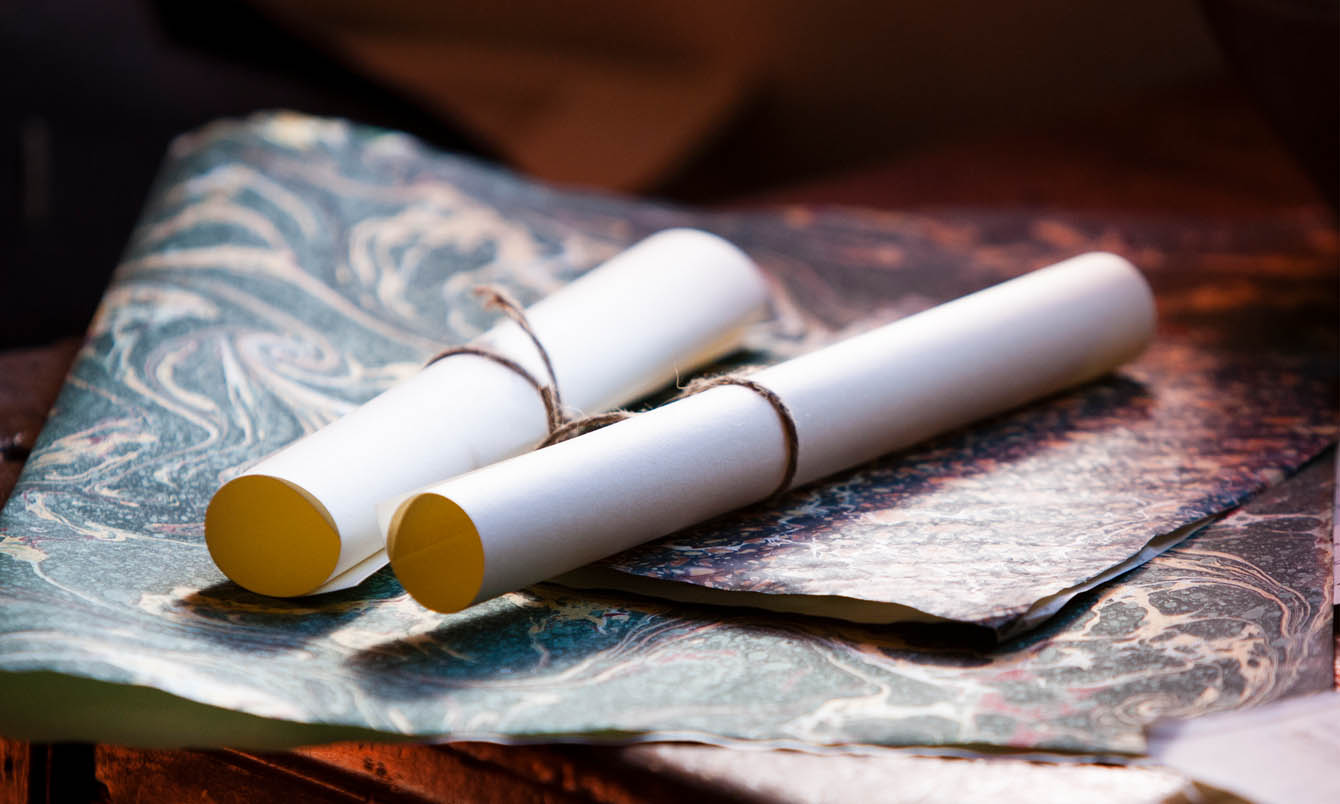
Pennsylvania legalizes enslavement. It is the last northern colony to do so.
1701
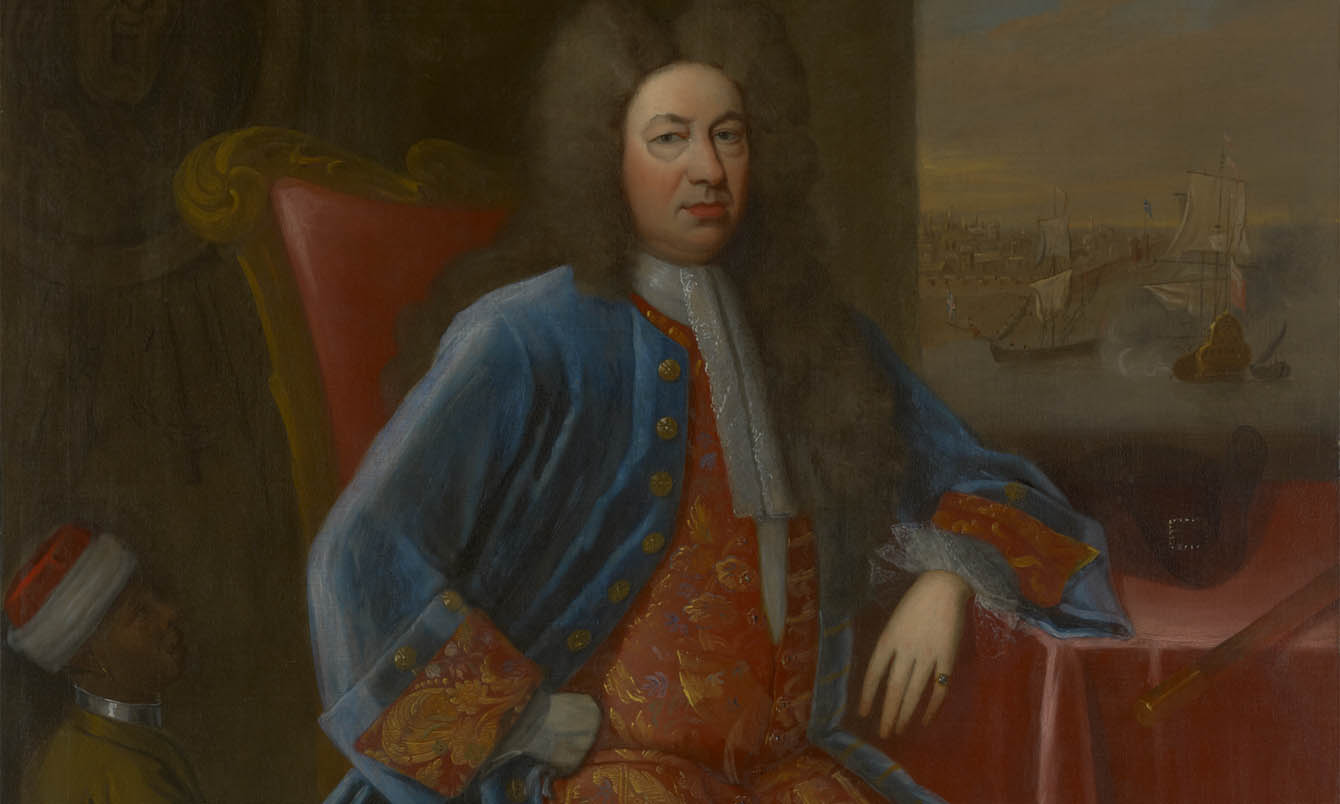
The Collegiate School of Connecticut is founded. In 1718, the college changes its name to Yale University to honor a wealthy donor, an enslaver named Elihu Yale.
1702
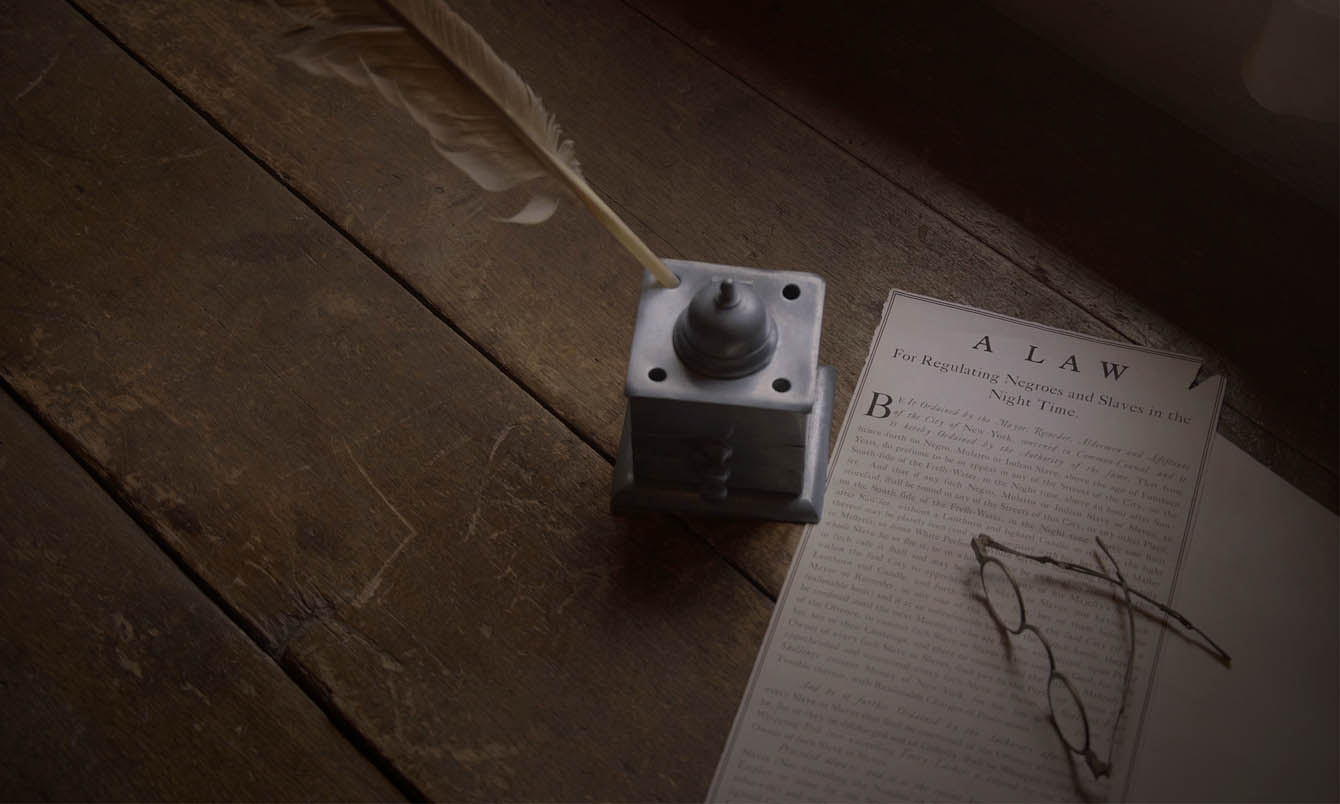
New York’s “slave codes” consolidate previous laws related to enslavement. Restrictions touch on everything from marriage and education to conduct and punishment. “Slave codes” were standardized across the English colonies, from Boston to Barbados.
1709 – 1807
Rhode Island merchants sponsor nearly 1,000 slave-trading voyages, which transported 106,000 African captives to the Caribbean and North America.
1739
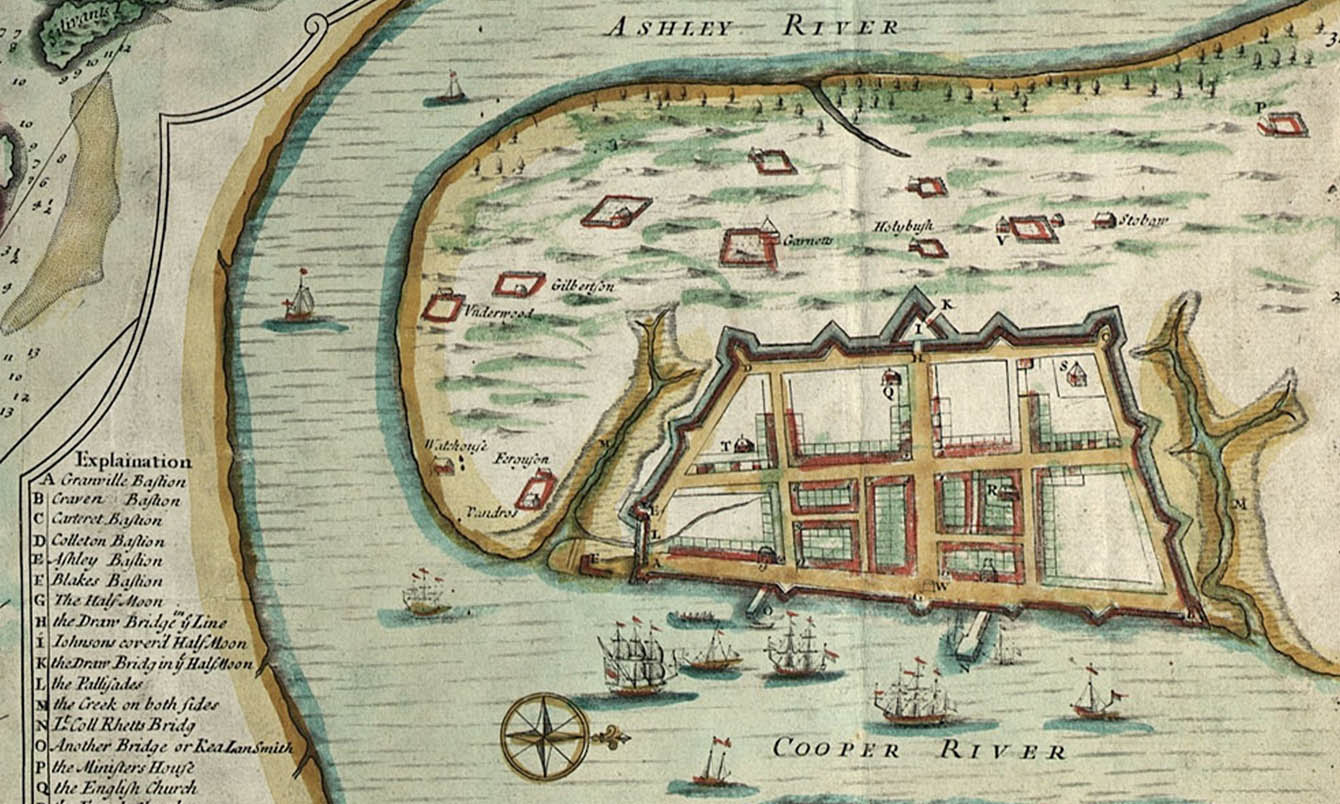
The Stono Rebellion, the largest enslaved uprising in the colonies, takes place outside of Charleston, South Carolina. This rebellion shakes the colonies and inspires hope in enslaved communities.
1741
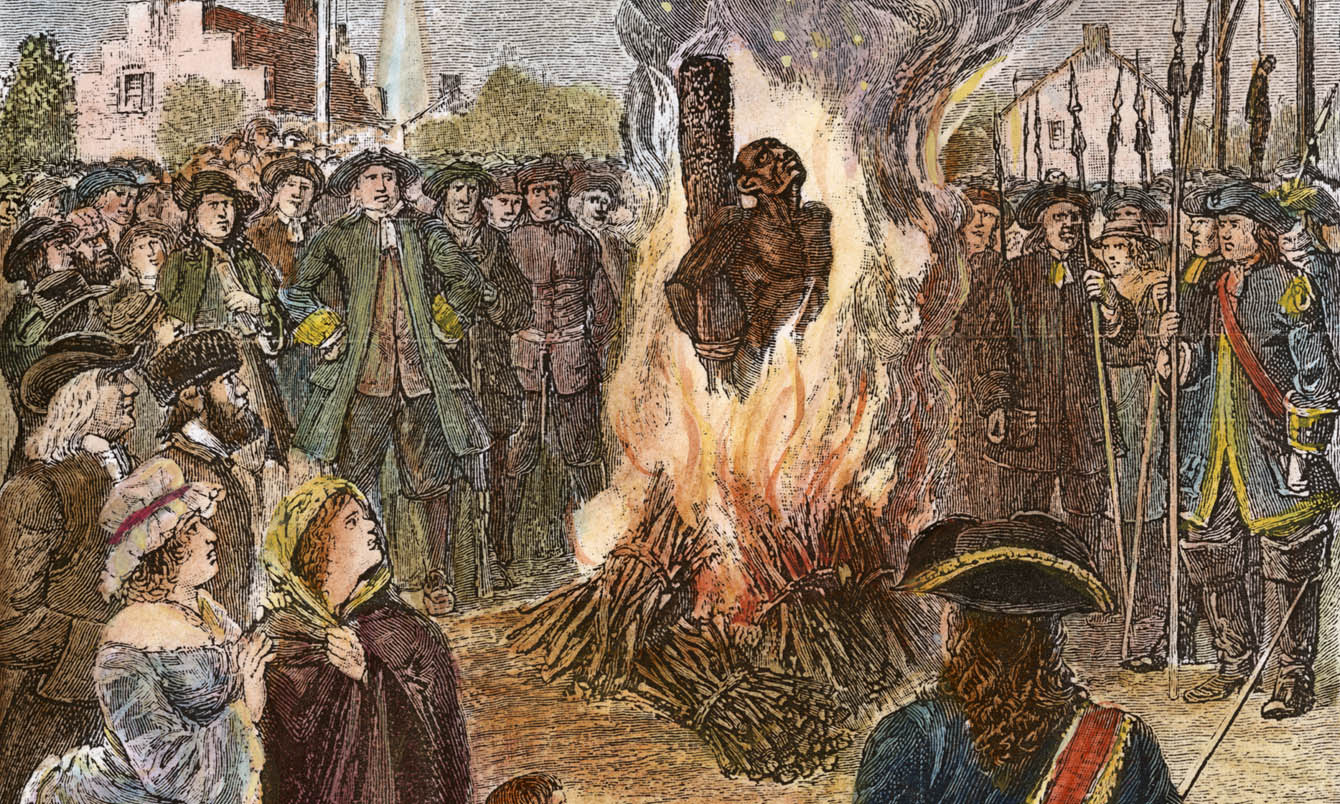
Cuffee, a man enslaved by Adolph Philipse, is accused of plotting to burn down New York City and kill white residents. His trial and those of others accused in the plot result in more than 30 executions.
1750
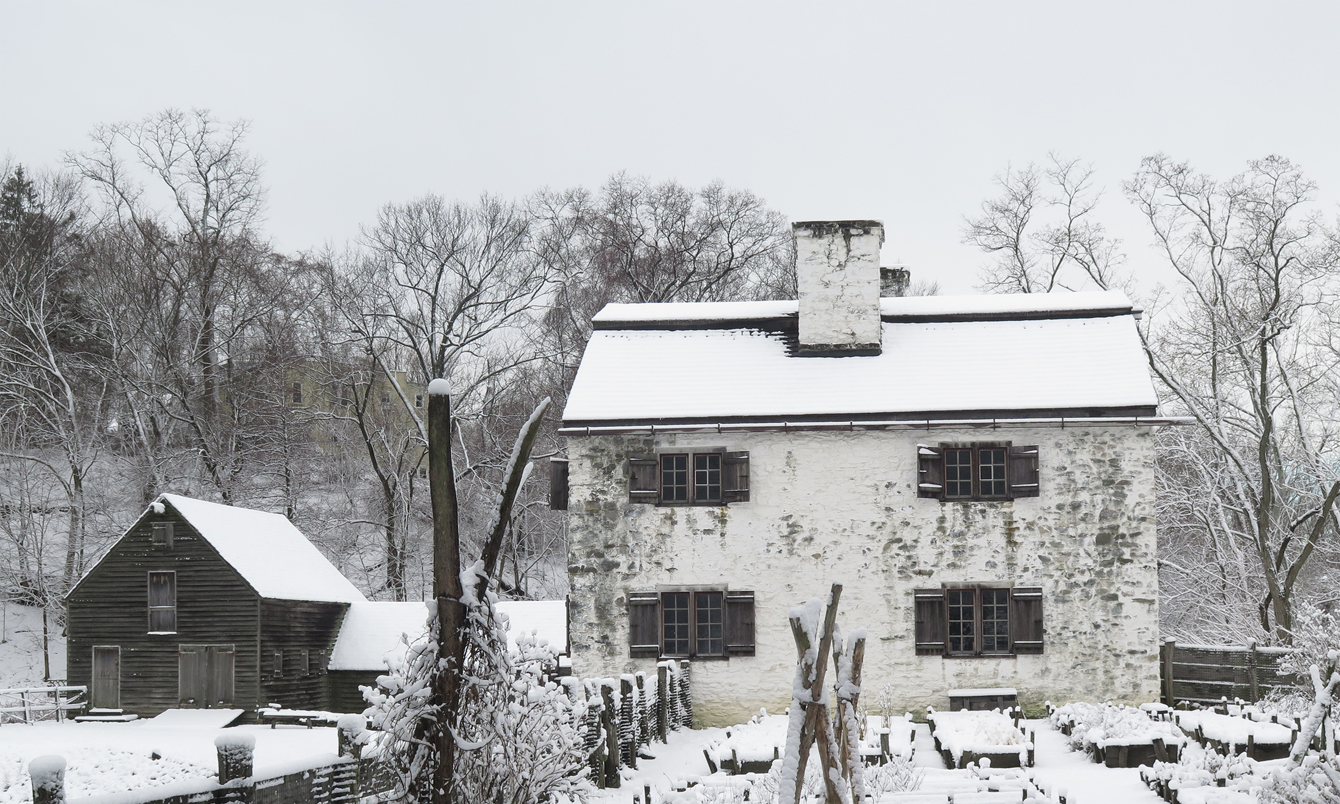
The death of enslaver Adolph Philipse results in the forced separation of the enslaved community at Philipsburg Manor Upper Mills.
1754
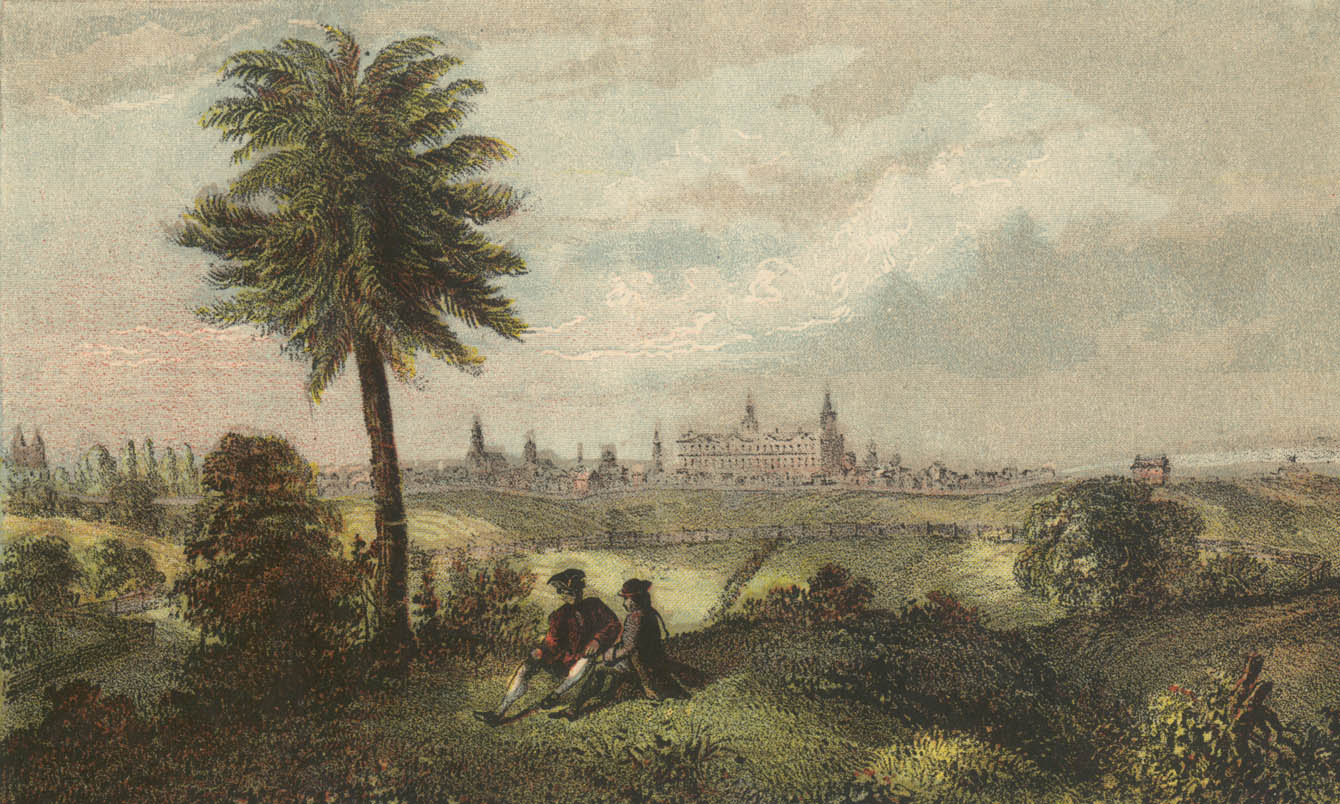
King’s College is founded in New York City, and renamed Columbia University in 1784. Five of the first ten men to serve as president of Columbia were enslavers.
1765
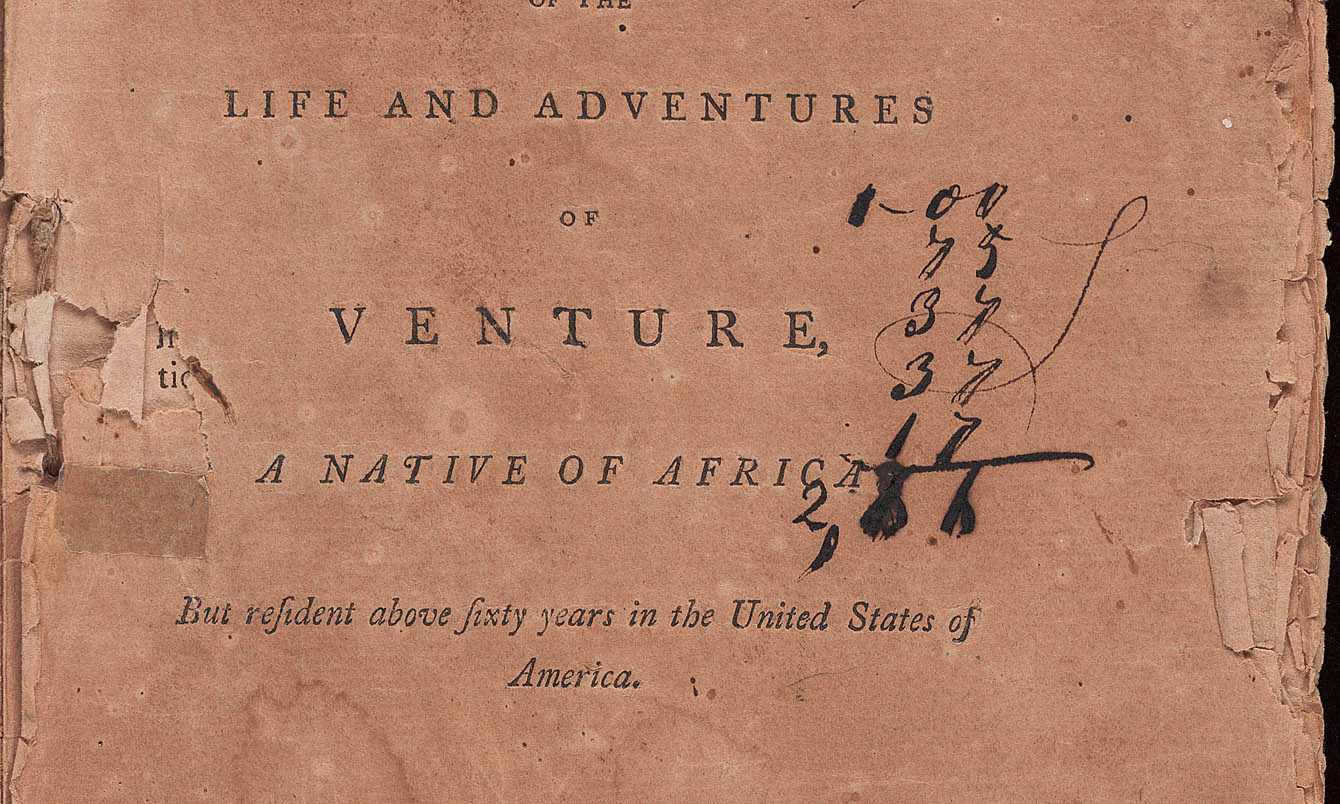
African-born Venture Smith successfully negotiates with his Connecticut enslaver for the purchase of his freedom.
1770

Crispus Attucks, a Boston resident of African and Native American descent, is the first colonist killed in the Boston Massacre. His body is carried to Faneuil Hall, where it lies in state for three days.
1772
The British ruling Somerset v. Stewart declares that slavery was never legal under common law in England and Wales. This case set a precedent for freedom suits in the American colonies.
1773
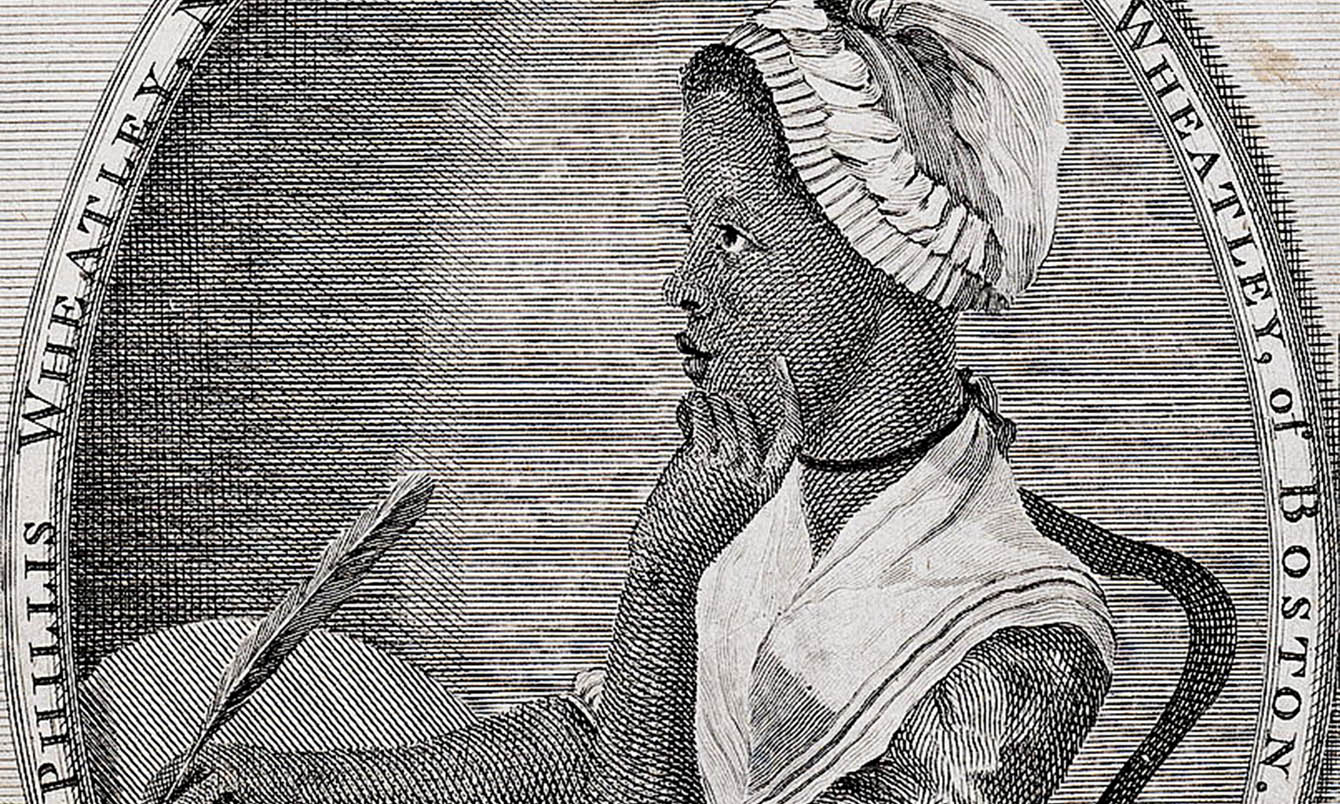
Phillis Wheatley, an enslaved woman in Boston, publishes a collection of poetry at age 20. Her poems receive international acclaim.
1775

A man named Titus, enslaved by New Jersey Quaker John Corlies, self-emancipates. He may be motivated by the Dunmore Proclamation, which promised freedom to those who fought for the English during the American Revolution.
1776
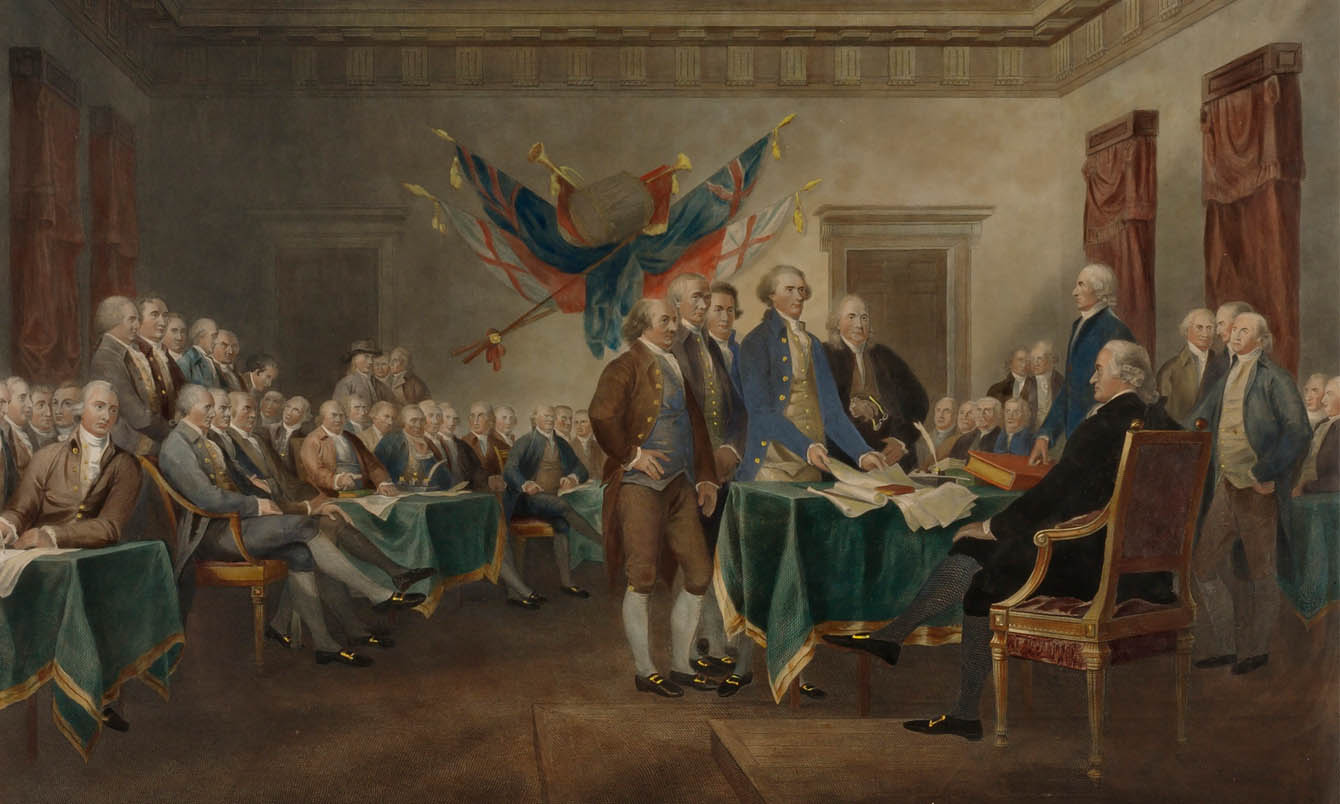
Fifty-six white men sign the Declaration of Independence, severing ties with Great Britain. Seventy-five percent of the signers are enslavers, and nearly half of those are from northern colonies.
1777
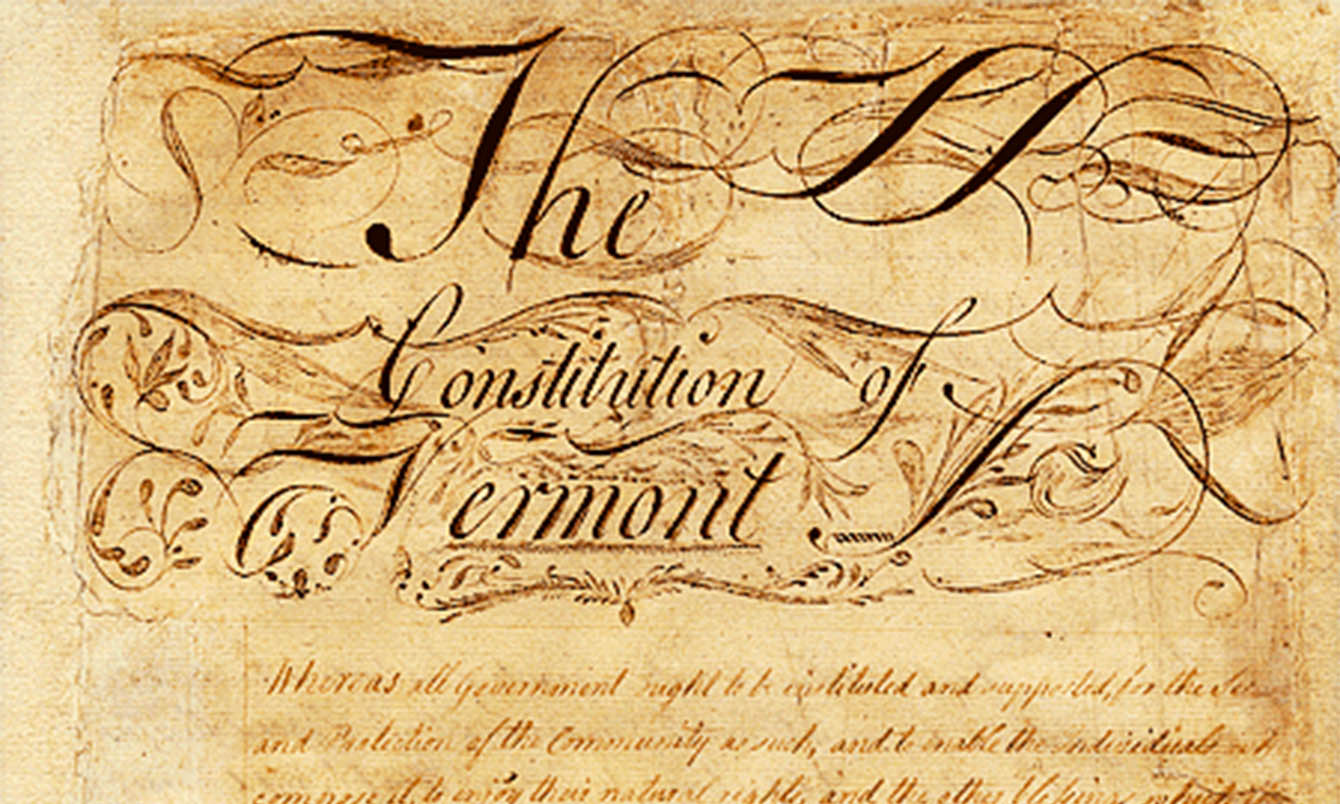
Northern states begin to address the contradiction of slavery and freedom. Although Vermont is the first to constitutionally abolish slavery, the 1790 census lists 16 enslaved persons in the state.
1783
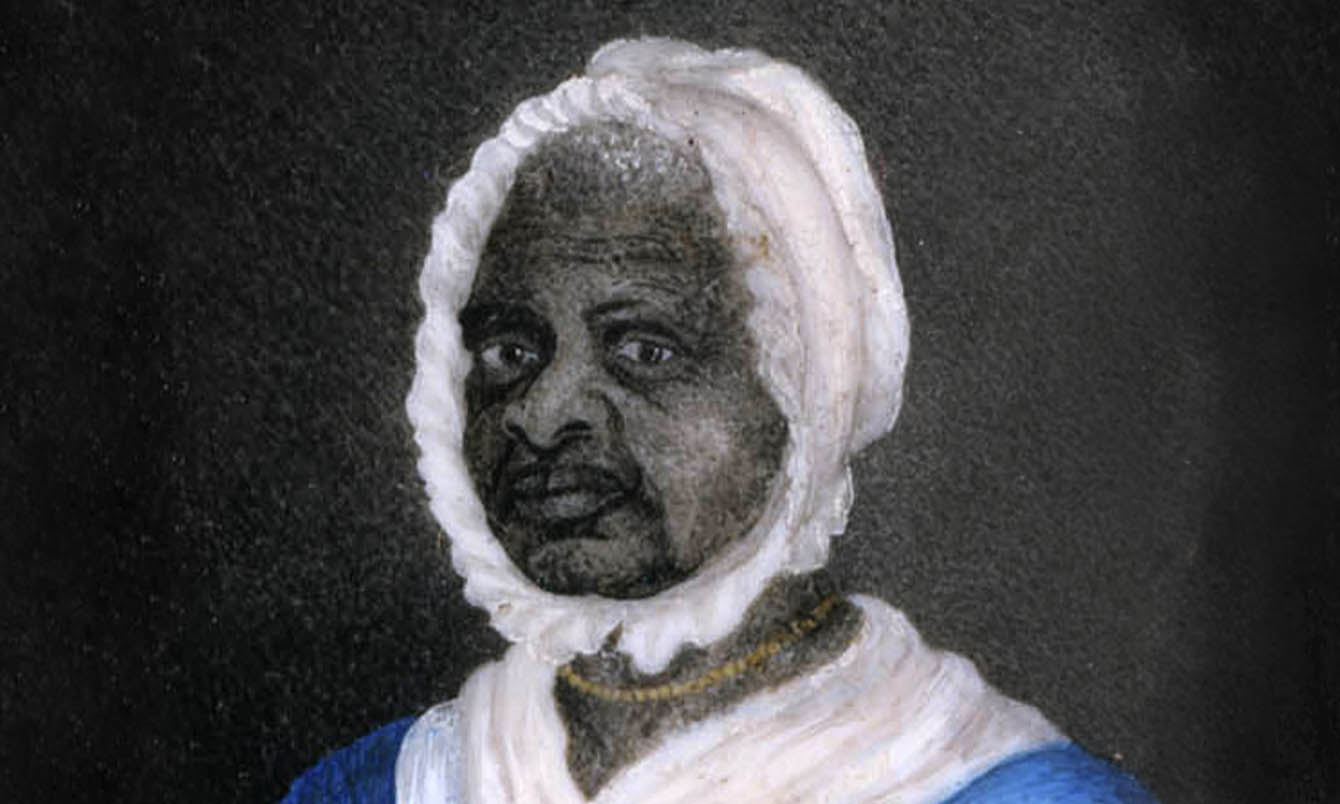
In separate cases before the Massachusetts courts, Elizabeth Freeman and Quock Walker challenge the legality of enslavement in the state.
1783
British soldiers and loyalists leave New York City, as do more than 3,000 formerly enslaved individuals who had escaped behind British lines during the American Revolution.
1787
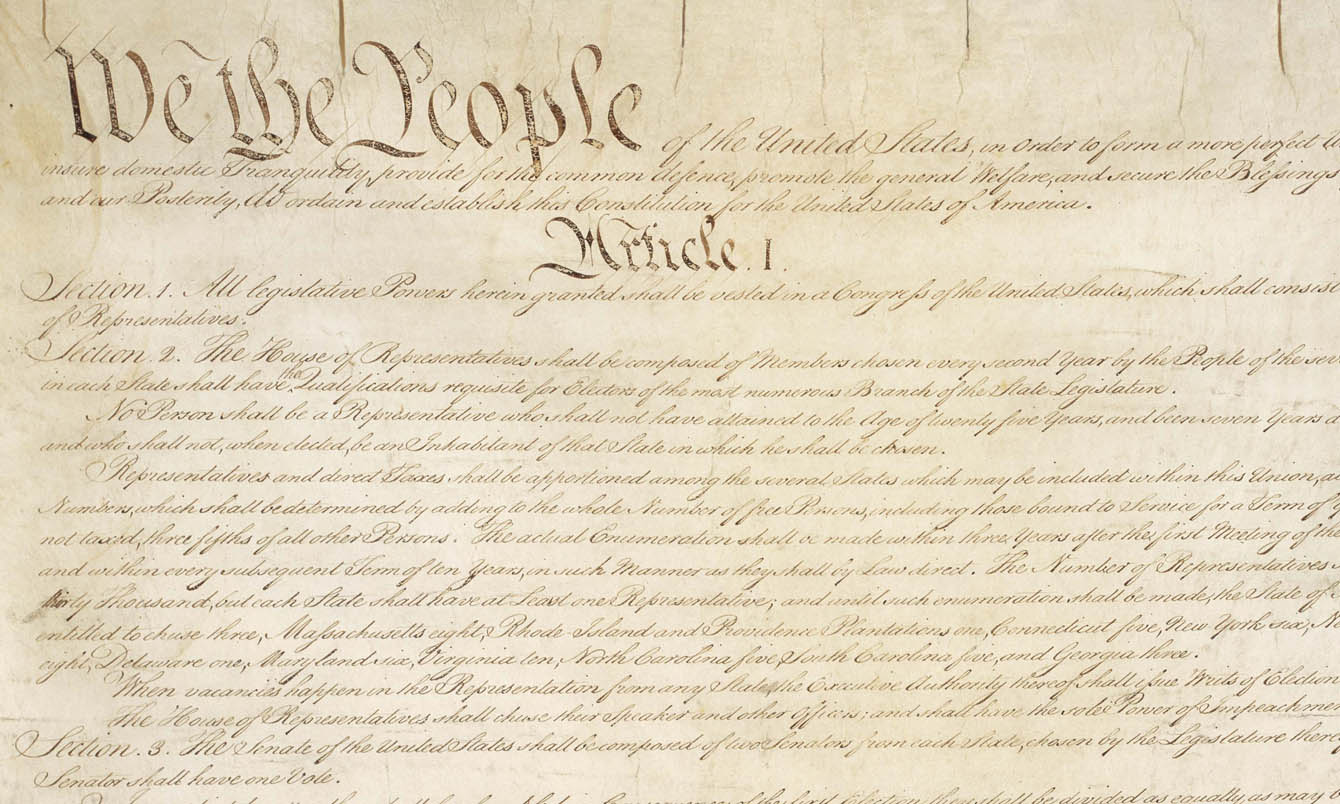
Although the US Constitution never mentions the words “slave” or “slavery,” both the Three Fifths Clause (Article I, Section 2), and the Fugitives from Labor Clause (Article IV, Section 2, Clause 3) define America as a slaveholding nation.
1787

The African Free School is founded by John Jay and Alexander Hamilton to educate enslaved and free black children. It was sponsored by the New York Manumission Society, an abolitionist group that had been founded in 1785.
1790
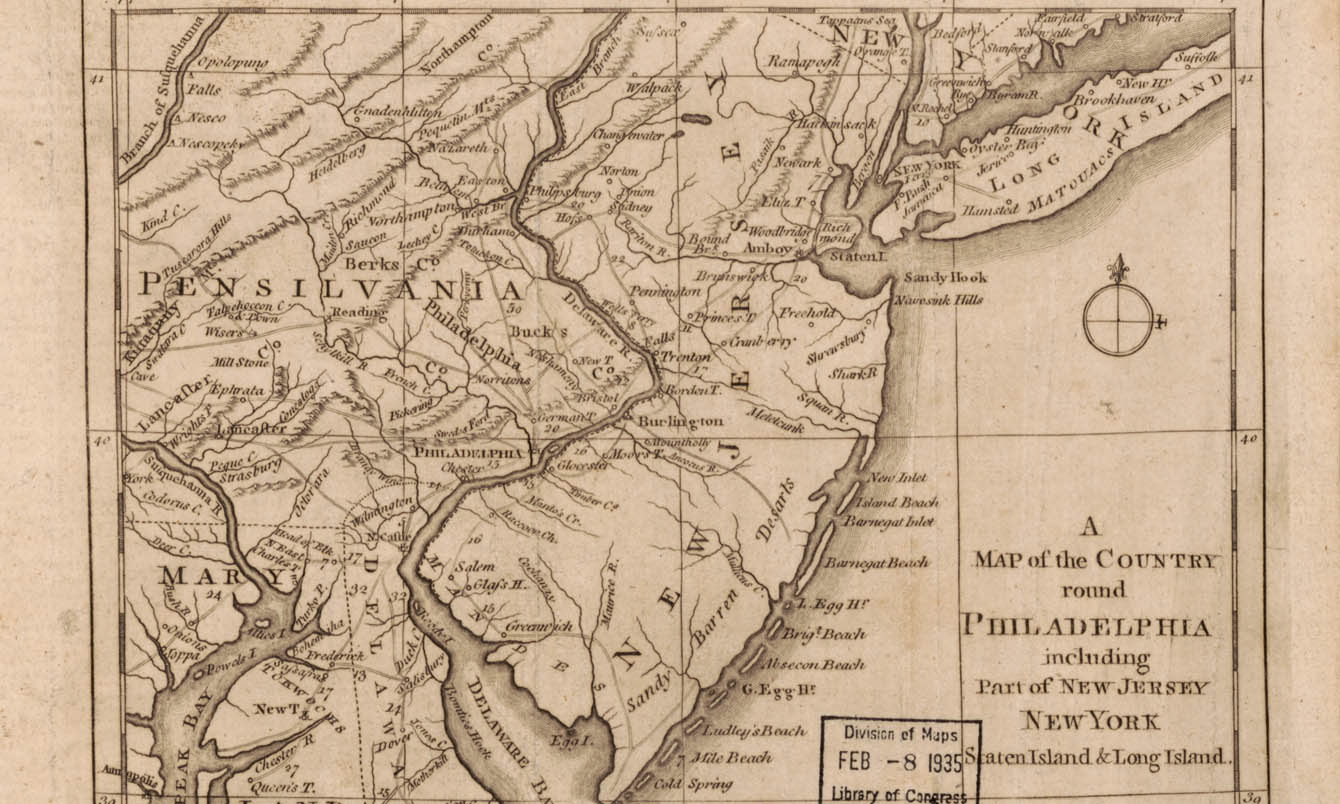
The first federal census reports more than 40,000 enslaved persons living in northern states. Of these, more than 80% are in New York and New Jersey.
1799
New York adopts gradual emancipation. At the time of legislation, the state has the largest enslaved population in the North.
TimeMap
Next
To continue this experience please view People Not Property on a larger screen or horizontal device.


